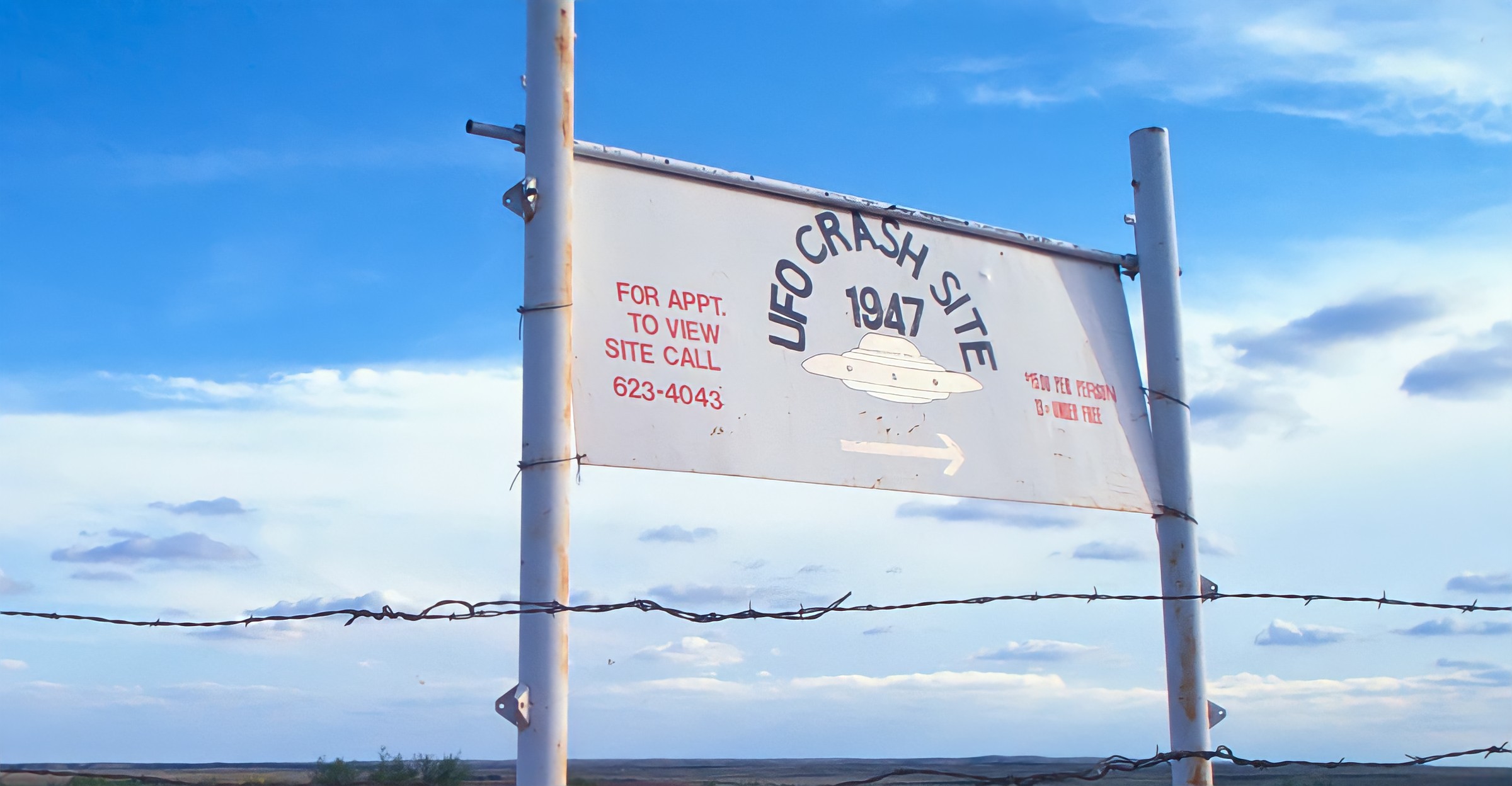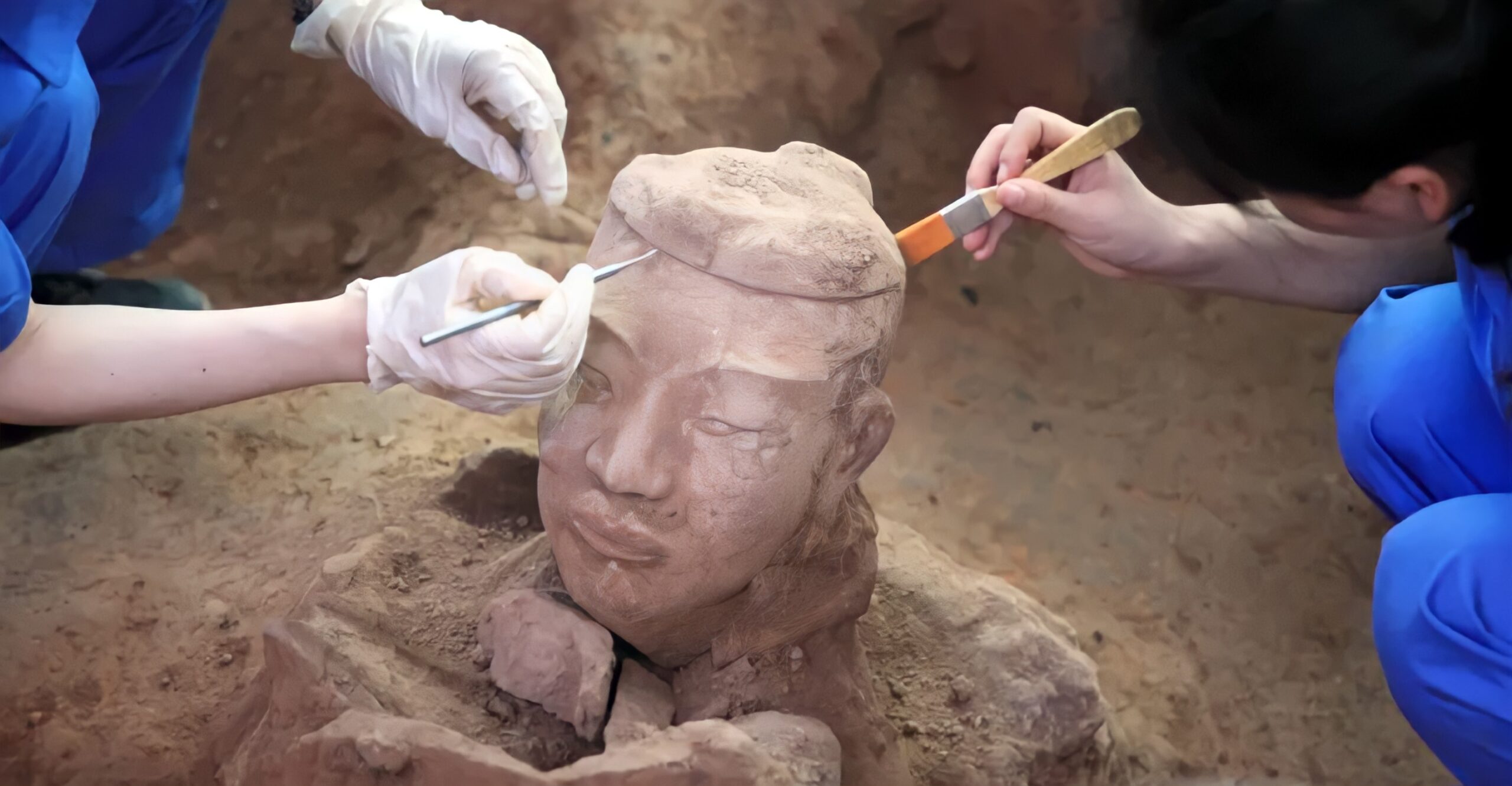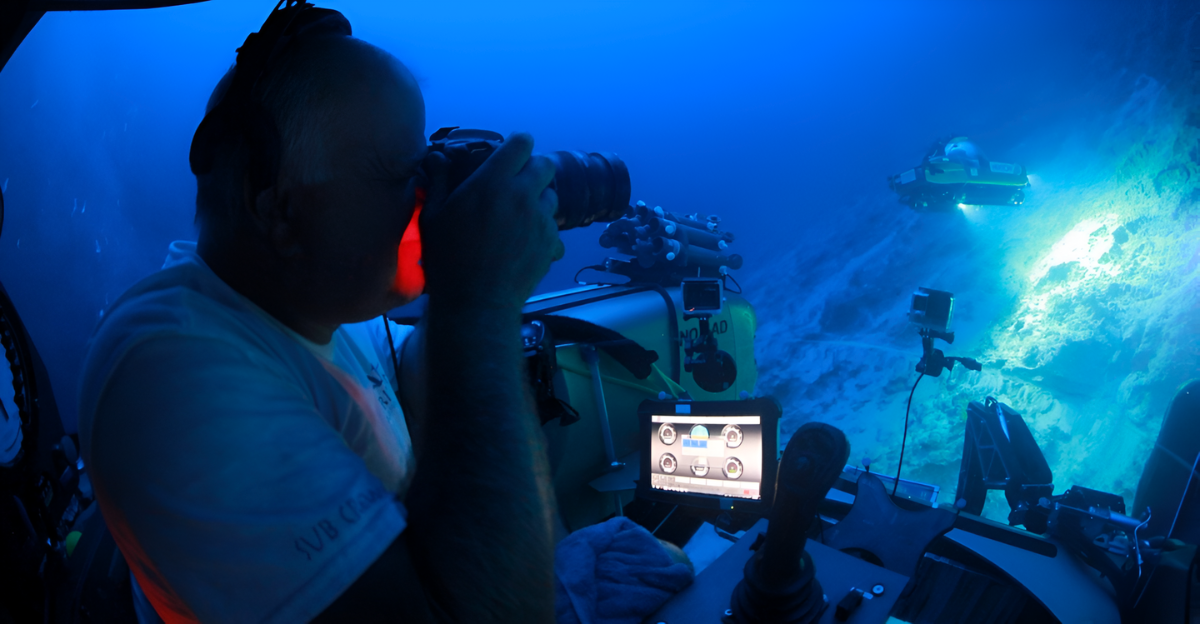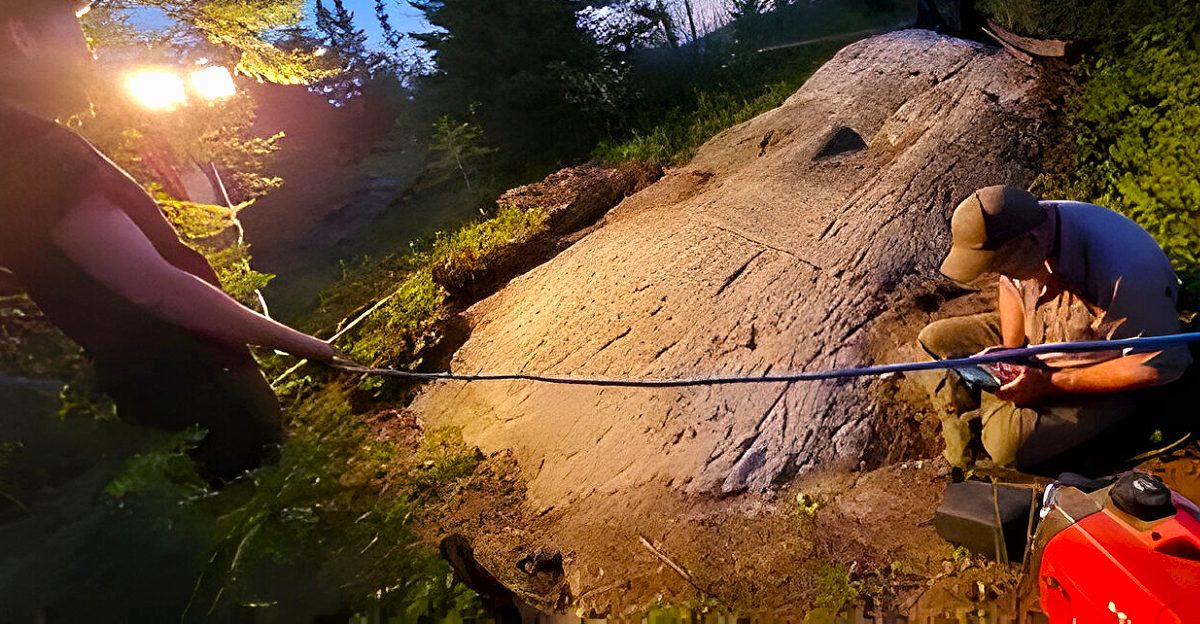
Deep in the remote forests of northern Ontario, a remarkable discovery has captivated archaeologists and history enthusiasts worldwide. A massive stone slab, hidden for centuries beneath layers of earth and moss, has been found with what may be the oldest runic inscription ever found in North America.
Etched with 255 mysterious runes and a detailed image of a boat, this runestone’s cryptic message has baffled experts and ignited debates about its origins and purpose. This runestone, uncovered on private land in 2015, has been quietly studied by researchers ever since, and its recent public unveiling has ignited curiosity across the globe.
A Hidden Legacy Beneath the Roots
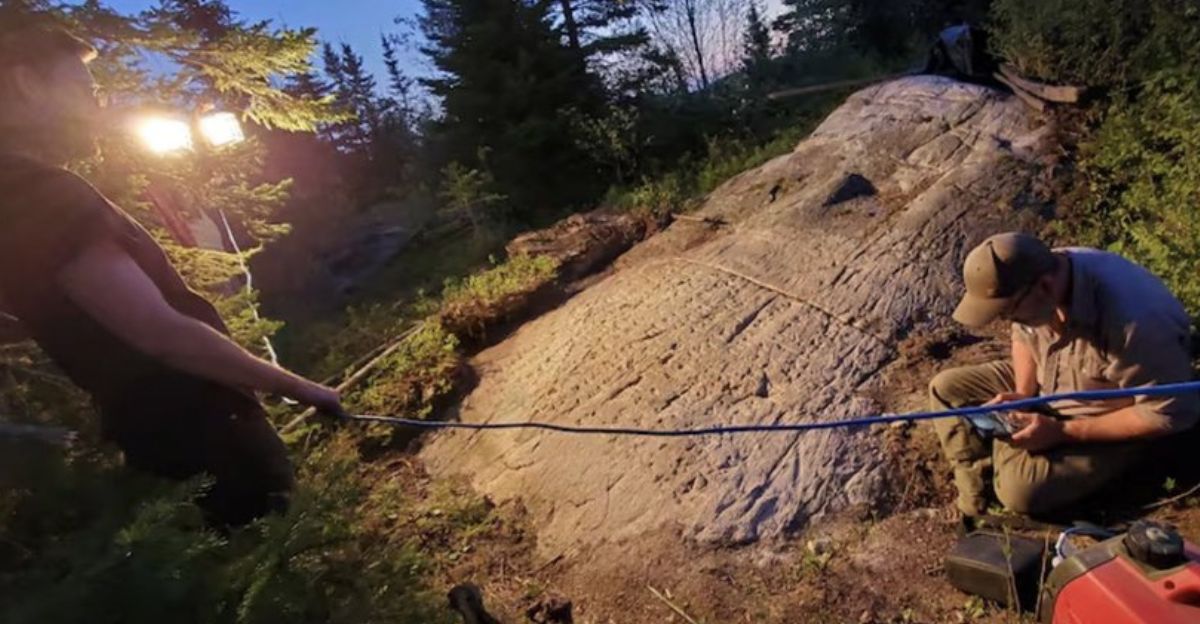
Beneath the roots of the fallen trees, this massive bedrock slab remained buried under layers of soil, moss, and forest detritus, preserving an extraordinary message carved into it. It’s believed this stone was intentionally buried to protect or hide its sacred or personal significance.
“We didn’t want to release information publicly until we had done as much as we could at the time to understand exactly what it was,” said Ryan Primrose, the director of the Ontario Centre for Archaeological Education.
Authentication and Scientific Analysis
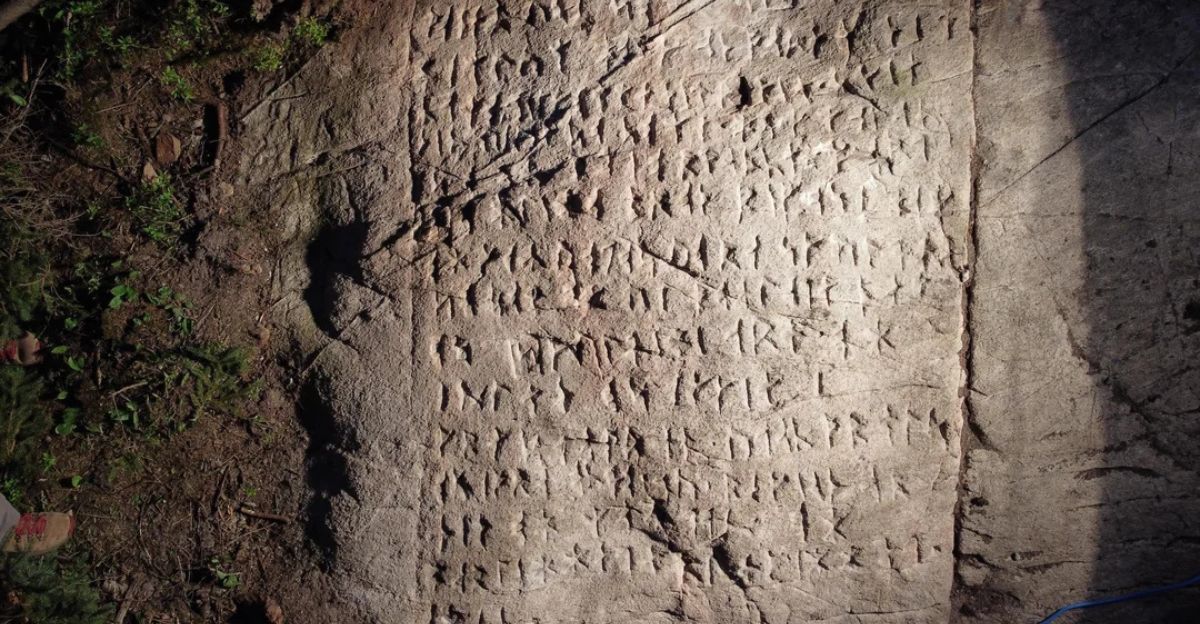
Authentication of the Ontario runestone involved a rigorous, multi-disciplinary scientific analysis to ensure its legitimacy and rule out forgery. After its discovery, the stone was examined by a historian, an archaeologist, and a runic specialist, each contributing their expertise to assess the inscription’s age, style, and context.
The analysis confirmed that the Ontario runestone was not a modern fabrication and likely dates back to the early 19th century, aligning with the migration patterns of Scandinavian settlers in Canada. “Well it’s certainly among the least expected finds that I think I’ve encountered during my career. It’s absolutely fascinating,” said Primrose.
The Challenge of Deciphering Ancient Runes
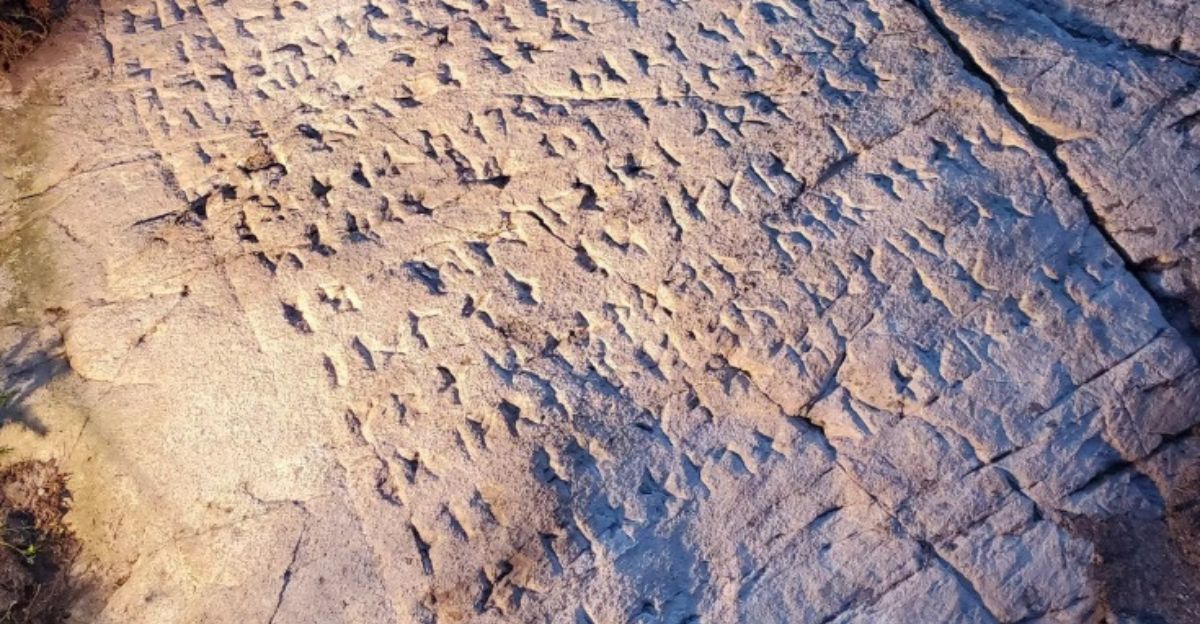
Runic inscriptions often feature archaic language, unique regional symbols, and cryptic phrasing, making interpretation a complex puzzle for researchers. The process typically begins with transliteration, converting the runes into recognizable letters, followed by contextual analysis to interpret their meaning within historical and cultural frameworks.
Recent advances have revolutionized the documentation and study of runic texts, allowing for more accurate readings and preserving fragile inscriptions. Despite these technological breakthroughs, decipherment still requires painstaking comparison with known runic corpora and a deep understanding of the Norse language and symbolism.
Vikings in North America?

Early theories about Norse exploration in the New World drew heavily on the Icelandic sagas, which describe voyages to mysterious lands west of Greenland, places they called Helluland, Markland, and Vinland. For centuries, these stories were dismissed as legend. Still, the discovery of the L’Anse aux Meadows site in Newfoundland in 1960 provided concrete archaeological evidence of a Viking presence, dating to around 1021, nearly 500 years before Columbus.
While Vikings might explain the boat motif, researchers have the Ontario stone, which, while ancient, does not fit the established timeline or style of Norse artifacts in the region. “If anyone turns up anything that’s slightly runic, everyone thinks it must be ‘lost Vikings,’ said Dr. Lewis-Simpson.
Comparisons to Other North American Runestones
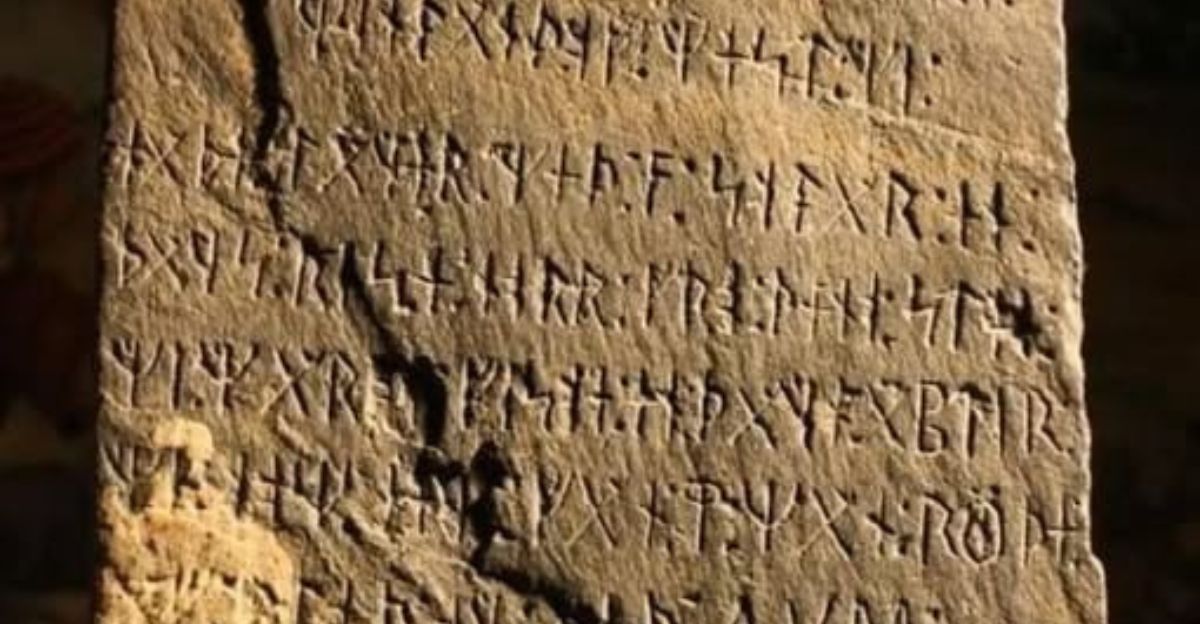
Most other runestones across the continent have been shrouded in controversy and skepticism. Unlike these earlier finds, the Ontario runestone’s inscription has been subjected to modern scientific scrutiny, including high-resolution scanning and expert analysis, which have confirmed its early 19th-century origins and ruled out forgery.
This sets it apart as a rare, well-documented example of runic tradition in North America, offering a more credible link to the region’s Scandinavian heritage than its predecessors.
A Cryptic Message
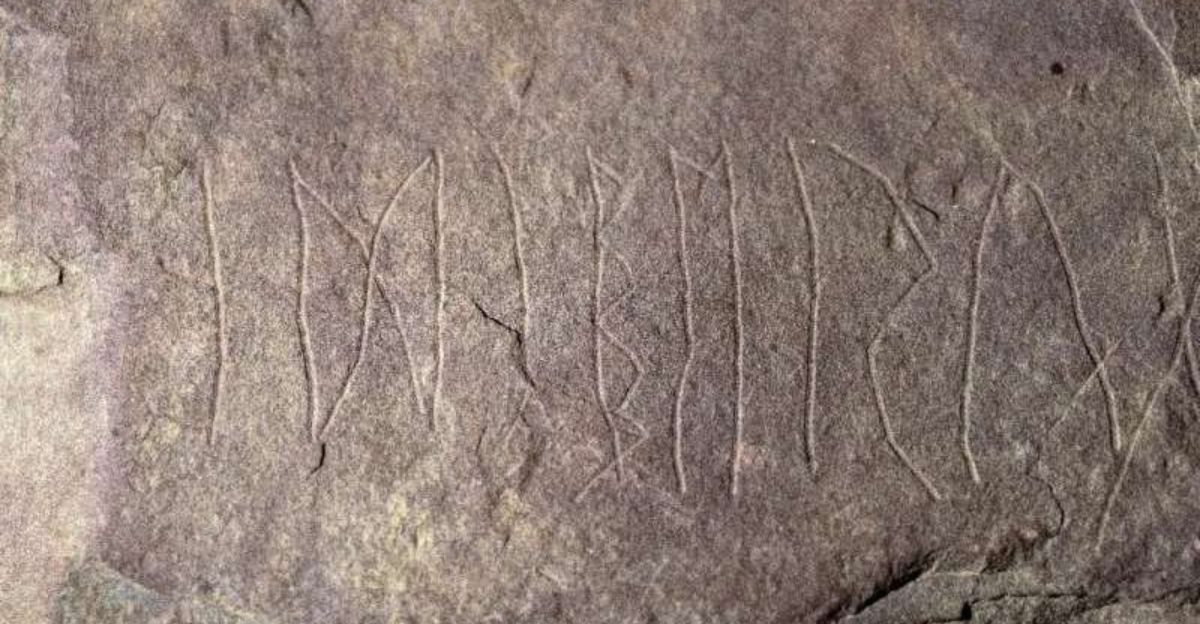
At first glance, the inscription’s dense array of symbols and enigmatic Xs evokes the aura of an ancient riddle, its meaning obscured by time and the evolution of language. Careful analysis by runologists revealed that the runes are written in the futhark script, an early runic alphabet used across Scandinavia, and astonishingly, they spell out the Lord’s Prayer in Swedish.
The detail of a boat with sixteen figures is still a bit of a mystery, and Dr. Primrose said, “We’re still working on it.” While the message is generally understood, the runes’ cryptic arrangement and the context of their creation continue to intrigue researchers. “Why not carve up a runestone with the Lord’s Prayer? But why cover it up with dirt afterward? Humans are strange, and that’s why archaeology is fascinating,” said Shannon Lewis-Simpson, an archaeologist at Memorial University in Newfoundland.
Public Engagement and Ongoing Research
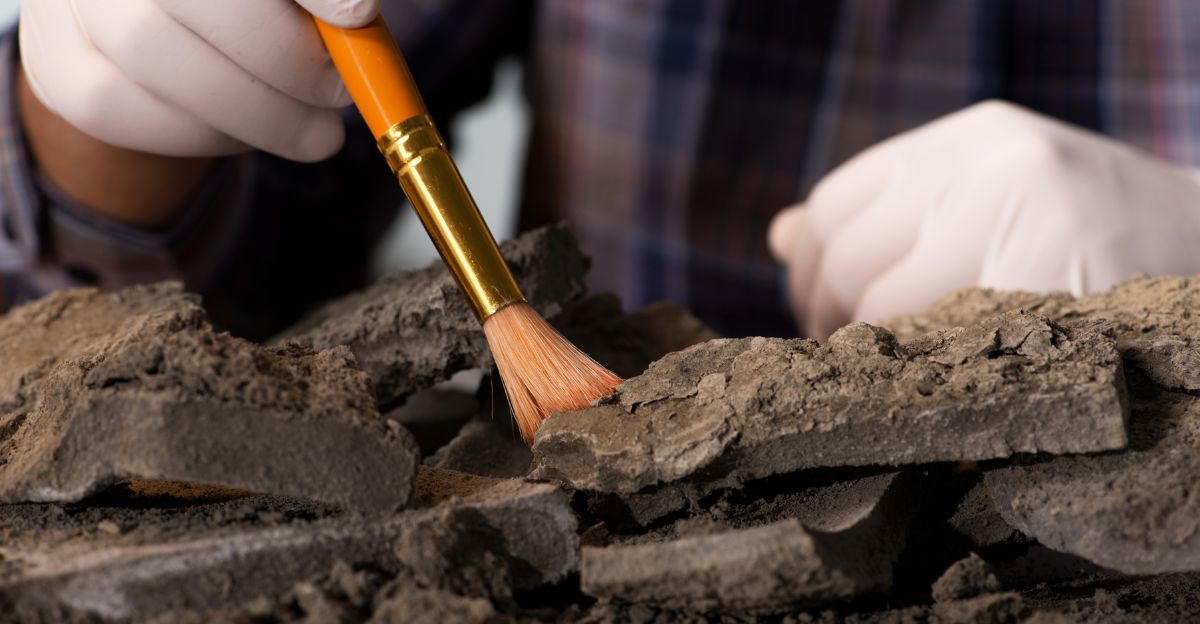
After years of discreet study, researchers have now invited the public to participate in the ongoing investigation, encouraging anyone with relevant historical records or local knowledge to come forward. This collaborative approach aims to deepen understanding of the stone’s origins and context while ensuring the site’s preservation for future generations.
The Ontario Centre for Archaeological Research and Education (OCARE) is actively working to protect the runestone, with plans to develop the location into a historical attraction and educational resource. “Most people don’t realize what’s in their own backyard unless they look,” said Johanna Rowe, the local historian. “Every community should do a little digging.”
Theories on the Stone’s Purpose
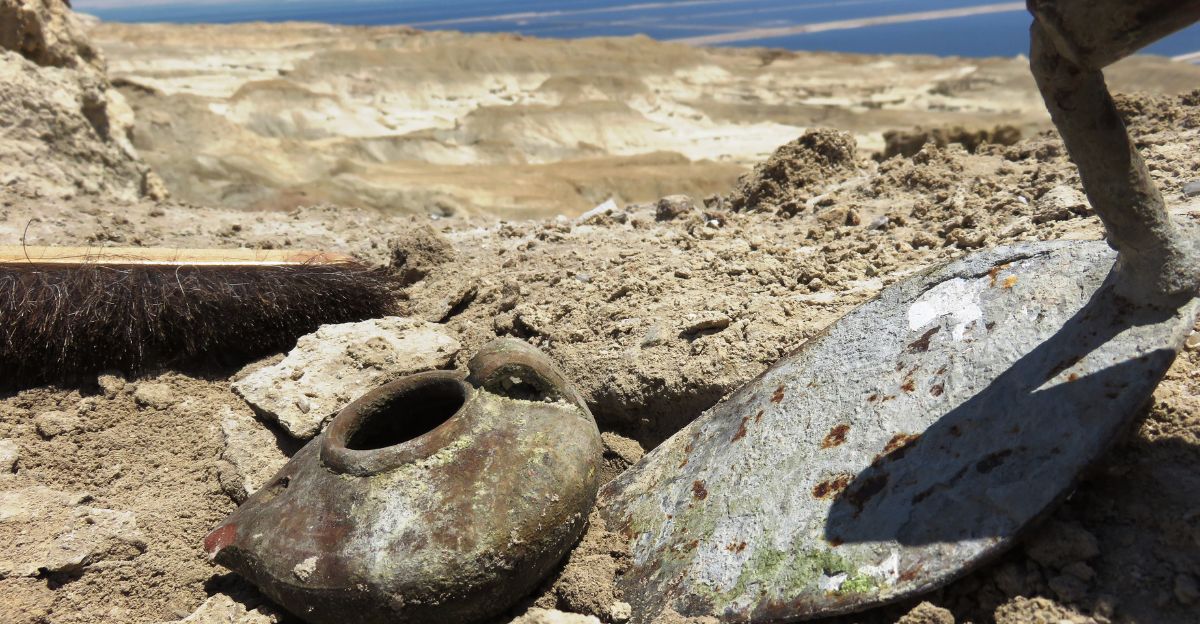
The most widely supported theory is that the stone was a deeply personal act of faith for a solitary Swedish immigrant. The detailed boat with sixteen figures may symbolize both the literal journey across the Atlantic and the spiritual voyage of the carver. Some researchers suggest the stone was intentionally buried to protect its message or mark a meaningful site for future generations.
A New Chapter in American Archaeology

The discovery of the Ontario runestone marks a pivotal moment in American archaeology, opening a new chapter in the study of early European influences on the continent. Unlike previous runic finds, which controversy and questions of authenticity have often clouded, this meticulously analyzed artifact provides concrete evidence of Scandinavian cultural presence in 19th-century North America.
As researchers and the public collaborate to unravel its remaining mysteries, the Ontario runestone stands as a catalyst for renewed interest.



